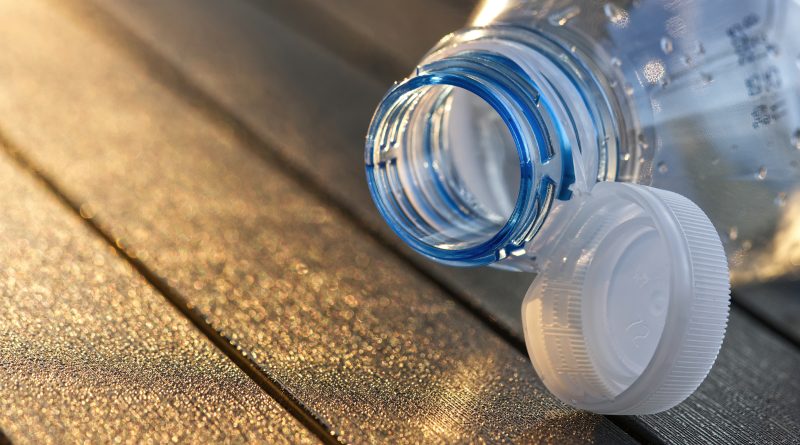Why Do Plastic Bottles Have Such Annoying Caps Now?
The European Union has taken a significant step in its fight against plastic waste by mandating that all plastic bottle caps remain attached to bottles starting July 2024. Part of the broader Single-Use Plastics Directive, this new regulation is causing ripples across the beverage industry, prompting both praise and criticism. But will tethered bottle caps truly drive environmental progress, or are they more trouble than they’re worth?
What Does the Tethered Cap Law Entail?
The new EU regulation requires all plastic bottle caps to stay tethered to bottles after opening, a seemingly small change with potentially big implications. This directive aims to reduce litter and ensure that plastic caps are collected and recycled along with their bottles. By keeping caps attached, the EU hopes to prevent them from becoming separate pieces of litter, which can be particularly harmful to marine life.
The law is part of the EU’s broader Single-Use Plastics Directive, introduced in 2019 to tackle plastic pollution. Other measures under this directive include bans on plastic cutlery, plates, and straws, as well as requirements for plastic bottles to contain at least 25% recycled content by 2025 and 30% by 2030.
Major companies, such as Coca-Cola, have already begun adapting to the new rules. Coca-Cola rolled out tethered caps across Europe over the past year, promoting them as an innovative solution to ensure “no cap gets left behind” and to encourage better recycling habits among consumers.
The Beverage Industry’s Response and Challenges
The new regulation has not been without controversy. When the EU first announced the directive in 2018, the beverage industry expressed concern over the potential costs and challenges associated with compliance. Redesigning production lines to accommodate tethered caps represents a significant financial burden, especially for smaller manufacturers.
Some companies argue that the tethered caps could lead to an increase in overall plastic use due to the additional material required to keep the cap attached. Furthermore, there are logistical challenges, such as updating bottling equipment and processes to handle the new cap designs.
Despite these challenges, many companies are proactively embracing the change. Coca-Cola, for example, has invested in new technologies and redesigned its bottling processes to comply with the new law, while other companies are experimenting with different materials and designs to find the most sustainable and cost-effective solutions.
Evaluating the Environmental and Social Impact
The environmental benefits of tethered caps are clear in theory: by keeping caps attached to bottles, the EU aims to reduce plastic litter and ensure that caps are recycled along with their bottles. However, the practical impact of this change remains to be seen.
Early consumer feedback has been mixed. While some environmental advocates have welcomed the new design, others have criticized it for creating inconvenience. Consumers have taken to social media to complain about difficulties in pouring drinks and the cap hitting them in the face while drinking. Some even argue that the new design feels like a solution in search of a problem, pointing out that caps were rarely a significant portion of litter in the first place.
Moreover, questions remain about whether the environmental benefits will be substantial enough to justify the change. Some industry experts suggest that the focus on tethered caps might be a distraction from more impactful actions, such as improving recycling infrastructure and increasing the use of recycled materials in packaging.
Future Prospects for EU Recycling Initiatives
The tethered cap regulation is just one part of the EU’s broader strategy to combat plastic waste. Looking ahead, the EU has set ambitious targets for recycling and waste reduction. By 2025, all plastic bottles sold in the EU must contain at least 25% recycled content, and by 2029, the EU aims to achieve a 90% collection rate for plastic bottles.
These measures are designed to create a circular economy where products, materials, and resources are reused, repaired, and recycled as much as possible. The tethered cap regulation is an early step in this direction, and its success could pave the way for similar initiatives in other regions around the world.
The EU’s decision to mandate tethered bottle caps is a bold move in the fight against plastic waste. While the regulation has already led to significant changes in the beverage industry, its long-term impact remains uncertain. On one hand, it represents an innovative step toward reducing plastic litter and promoting recycling. On the other, it poses practical challenges for manufacturers and consumers alike.
As the new law takes effect, its success will depend on the balance it strikes between environmental goals and the realities of consumer behavior and industrial capabilities. Whether this regulation will be hailed as a transformative step or criticized as an overly simplistic measure remains to be seen.
Sources:
